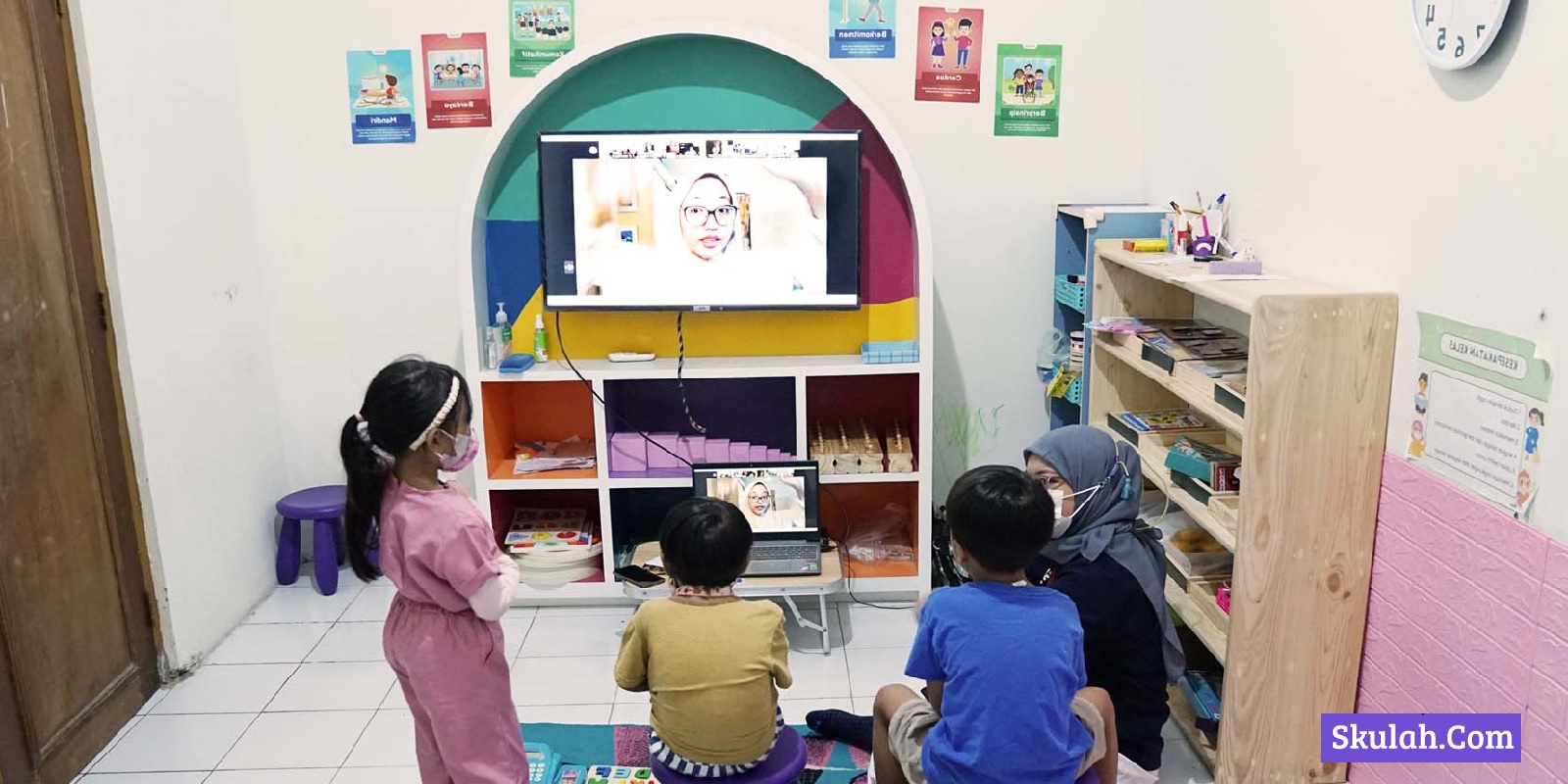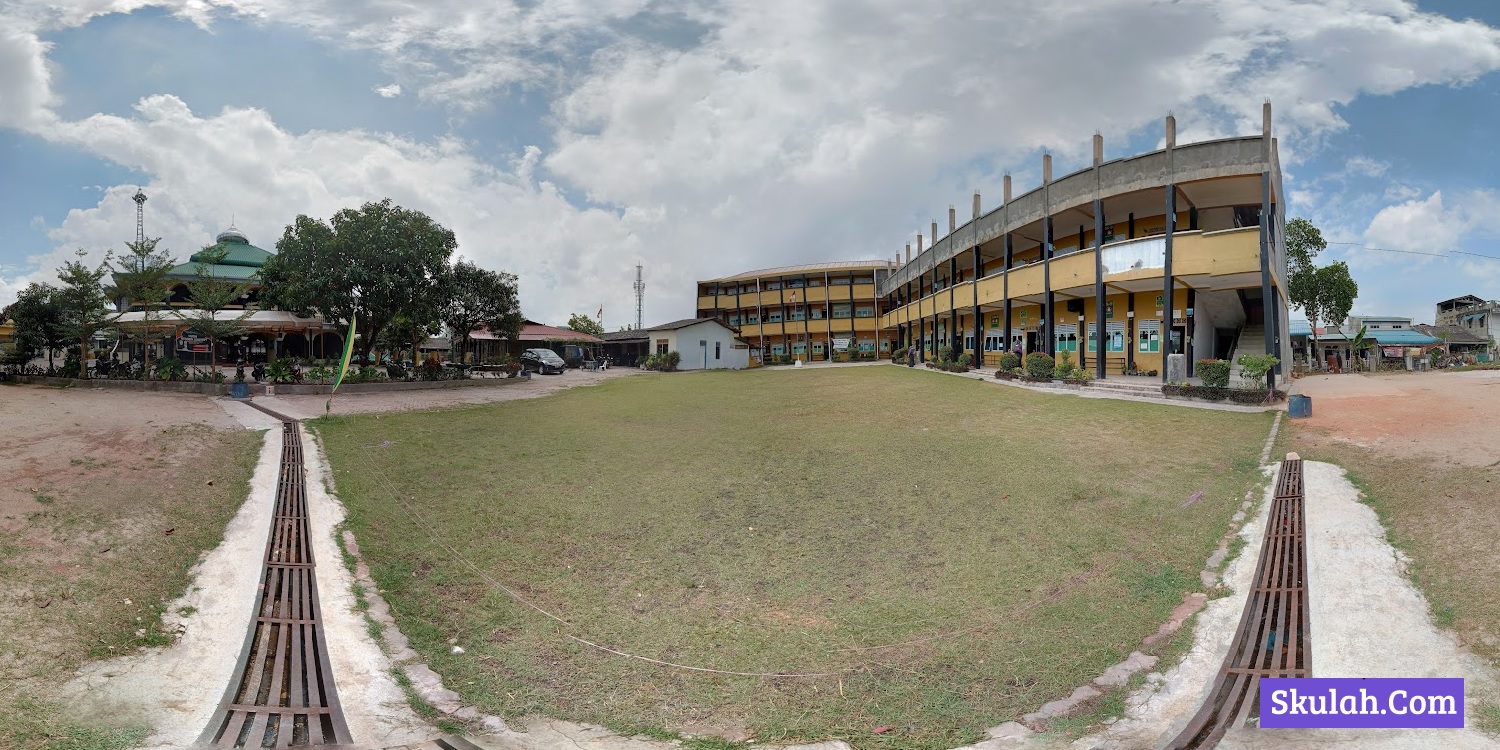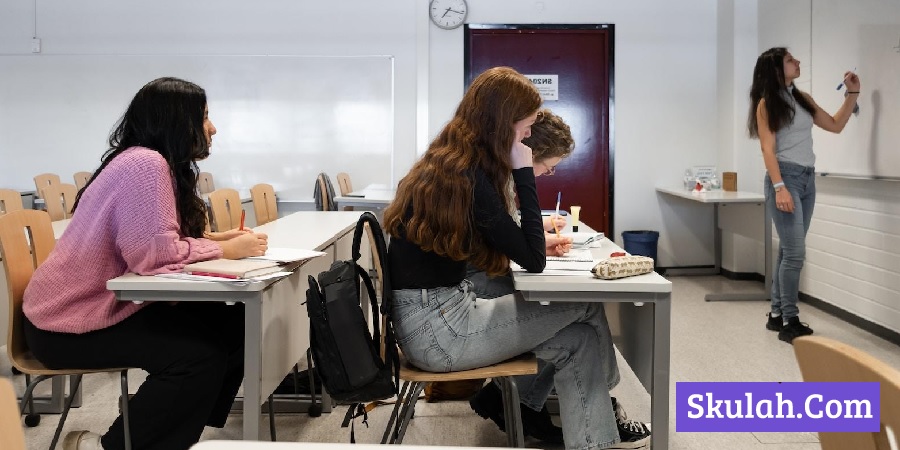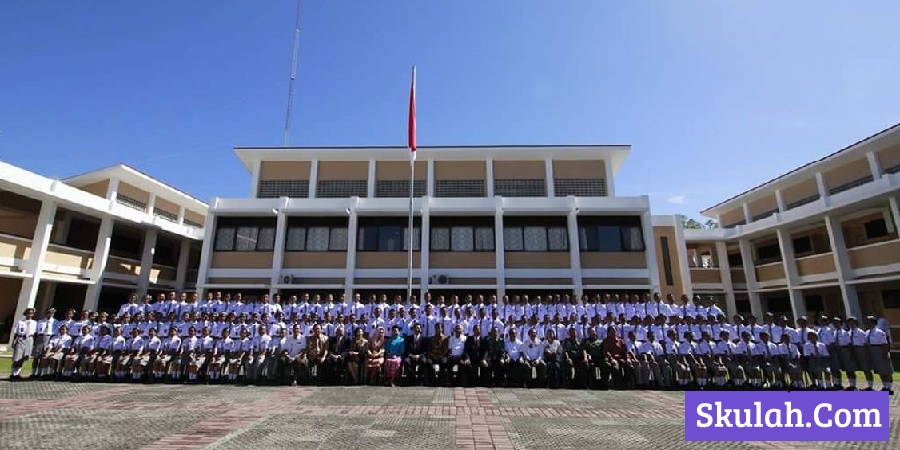Daftar Isi
Leveraging Technology for Lesson Planning & Standard Tracking
Digital Lesson Planning Platforms
Digital tools make lesson planning more efficient and collaborative. Popular platforms like Google Classroom, Canva, and Planbook offer various features.
- Google Classroom allows teachers to create, distribute, and grade assignments easily.
- Canva provides templates to design engaging lesson materials.
- Planbook offers a straightforward way to organize daily lessons and share them with colleagues.
Each has its benefits and drawbacks:
- Google Classroom is great for integration but may feel complex for some.
- Canva’s design features are useful, but it might not track standards directly.
- Planbook is straightforward but can be less flexible.
Statistics show that 75% of teachers have adopted some form of technology for lesson planning, signaling a shift towards digital organization in education.
Automated Standard Tracking Software
Tracking student progress has never been easier with software designed for this purpose. Programs like EduClimber, Illuminate, and MasteryConnect can integrate seamlessly with existing curriculum and grading systems.
- EduClimber helps visualize and analyze student performance data.
- Illuminate focuses on both assessment and reporting.
- MasteryConnect emphasizes tracking mastery of standards.
An educational technology expert once said, “Using automated tracking software can free up valuable time for teachers, allowing them to focus more on instruction rather than paperwork.”
Utilizing Data Analytics for Improved Instruction
Data analytics plays a crucial role in shaping effective teaching strategies. By analyzing student performance data from platforms like Edpuzzle or Kahoot!, teachers can tailor their lessons to meet students’ needs.
For example, a middle school math teacher used Kahoot! to identify which concepts students struggled with the most, leading to targeted small group instruction. This data-informed approach resulted in improved test scores and greater student engagement.
Low-Tech Methods for Effective Lesson Organization
The Power of the Planner
Planners remain an essential tool for educators. Both digital and physical planners have unique merits.
- Digital Planners like Notion or Trello offer flexibility and easy updates.
- Physical Planners provide a tactile experience that some find helps retention.
Using a planner effectively can help teachers stay on top of assignments, deadlines, and student progress.
Color-Coded Systems for Standard Alignment
Color coding is a simple yet effective technique for tracking standards within lesson plans. For instance:
- Use red for math standards.
- Use blue for reading standards.
- Use green for science standards.
This visual method helps quickly assess which areas are being covered and which need more focus. Visual examples can enhance understanding and organization.
Physical Organization Systems
A well-organized filing system is crucial for managing paper-based lessons and student work. Consider these tips:
- Use labeled folders for each subject.
- Maintain a “to-do” box for unfinished tasks.
- Regularly review and declutter materials to keep the space functional.
An organized physical space can reduce stress and help educators find materials quickly.
Integrating High-Tech & Low-Tech Strategies for Optimal Results
Combining Digital & Physical Tools
Using both digital and physical tools can strike a balance for effective organization. For example, a teacher can use a digital planner for lesson planning and a physical binder for student work samples. This hybrid approach caters to different preferences and keeps everything accessible.
Streamlining Workflow
To create a streamlined workflow, consider these tips:
- Set specific times for planning—both weekly and daily.
- Use a digital tool to set reminders for important deadlines.
- Maintain a physical checklist for daily tasks.
These steps can enhance efficiency, blend technology with traditional methods, and ensure that nothing slips through the cracks.
Addressing Challenges of Technology Integration
Integrating technology into education can come with challenges like access issues, training needs, and costs. Solutions include seeking school resources for professional development, exploring grants for tech purchases, or using free platforms with essential functionalities.
Essential Considerations for Choosing the Right Approach
Teacher Preferences & Expertise
It’s essential to align technology choices with personal preferences and comfort levels. Not every teacher is tech-savvy, and that’s okay.
Budget & Resource Availability
Different tech options come with various costs. Exploring free or low-cost tools can make a significant difference. Many schools have resources that can help, including community partnerships or grants.
School Policies & Infrastructure
School policies can affect the selection of tools. Understanding what resources are available at your school can help determine the best options for lesson planning and tracking.
Conclusion: Finding Your Perfect Lesson Planning & Standard Tracking System
In summary, both high-tech and low-tech solutions offer unique benefits for organizing lessons and tracking standards. A balanced approach combining both can lead to greater efficiency and success in teaching. Educators are encouraged to explore different methods to find the system that best fits their individual needs and style. Experimentation can lead to innovative practices that improve student learning and simplify educators’ workloads.
















































